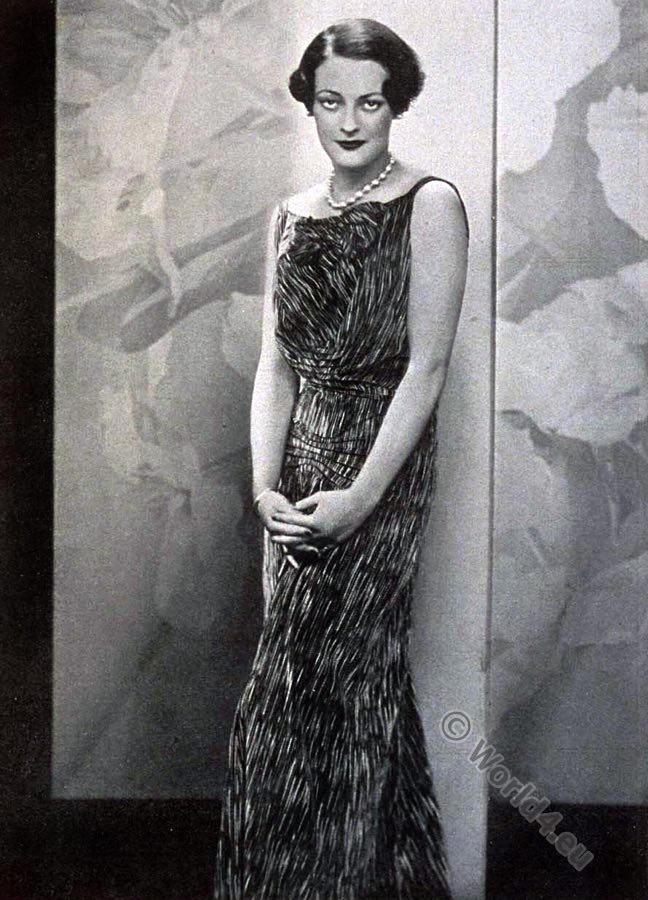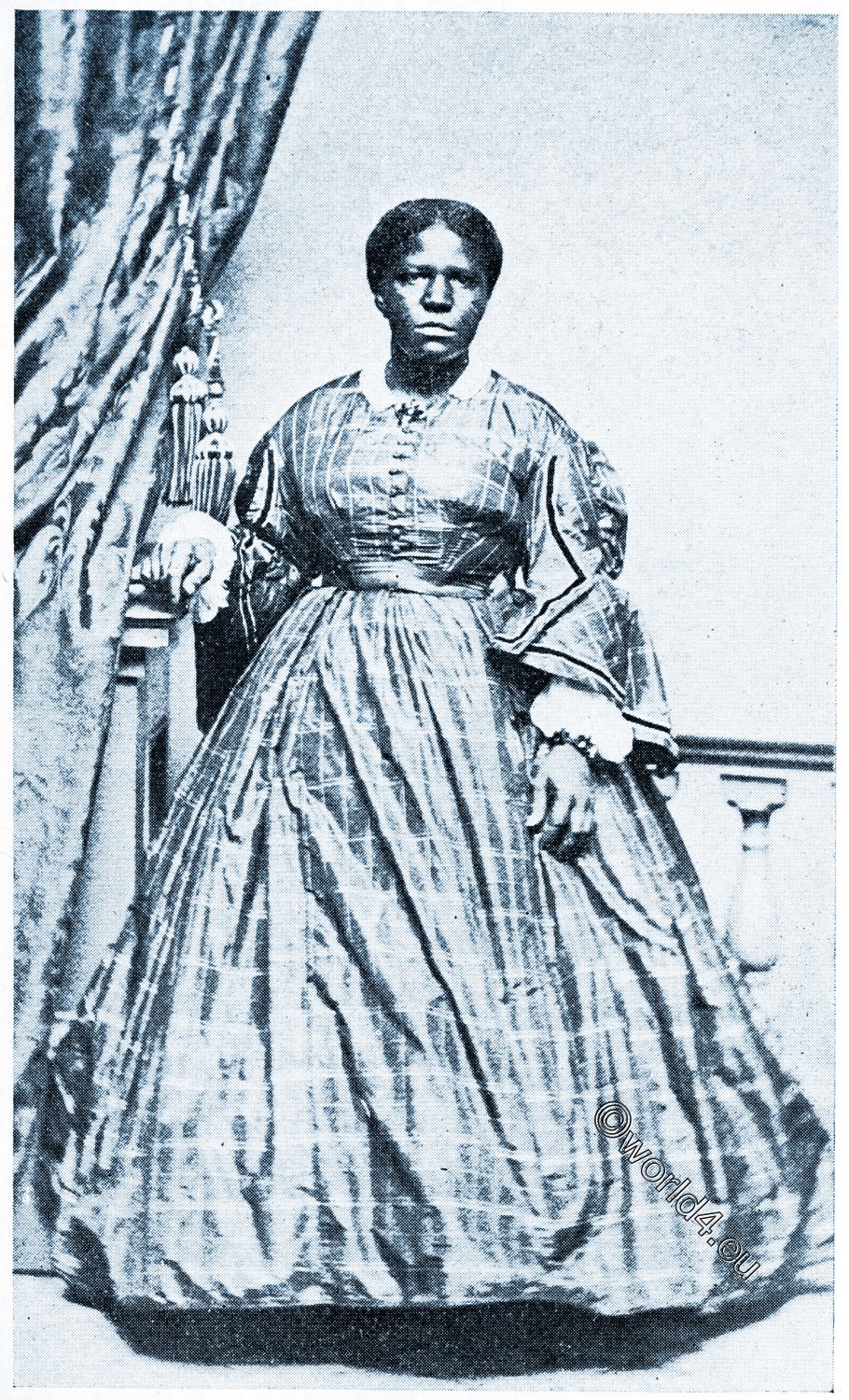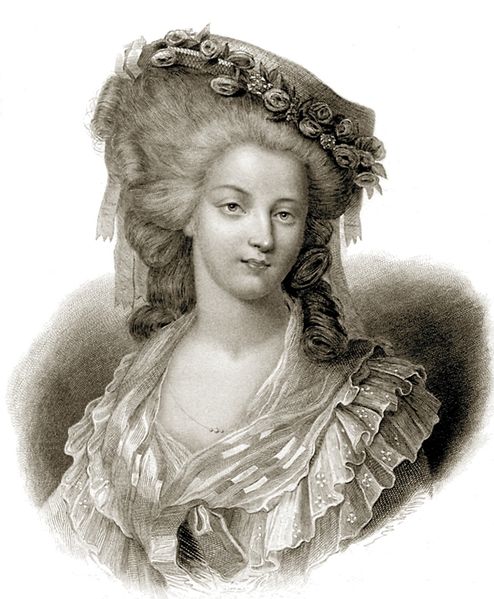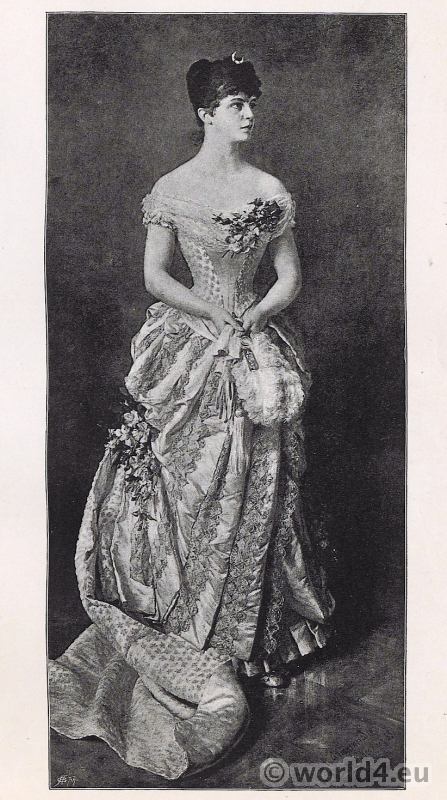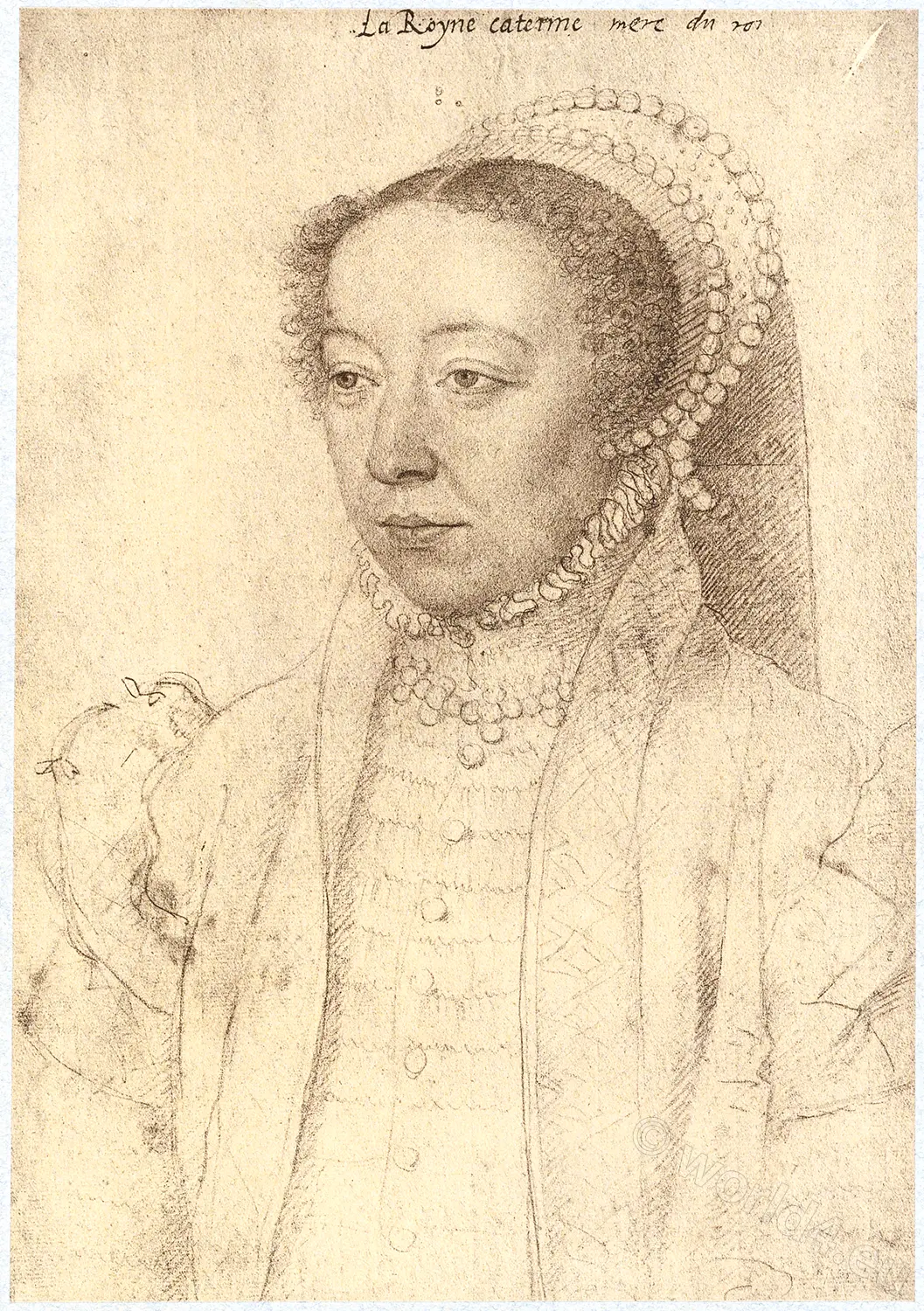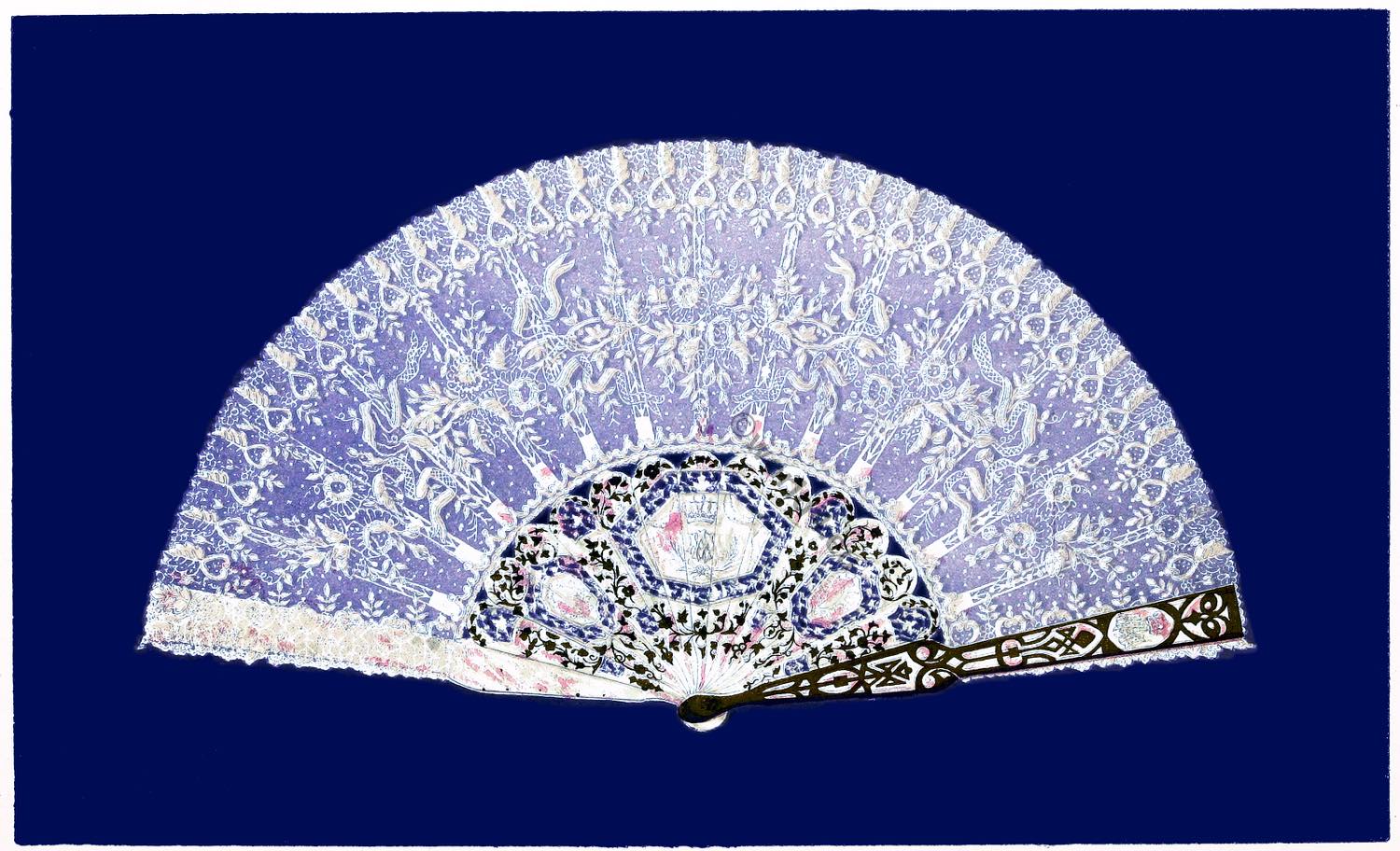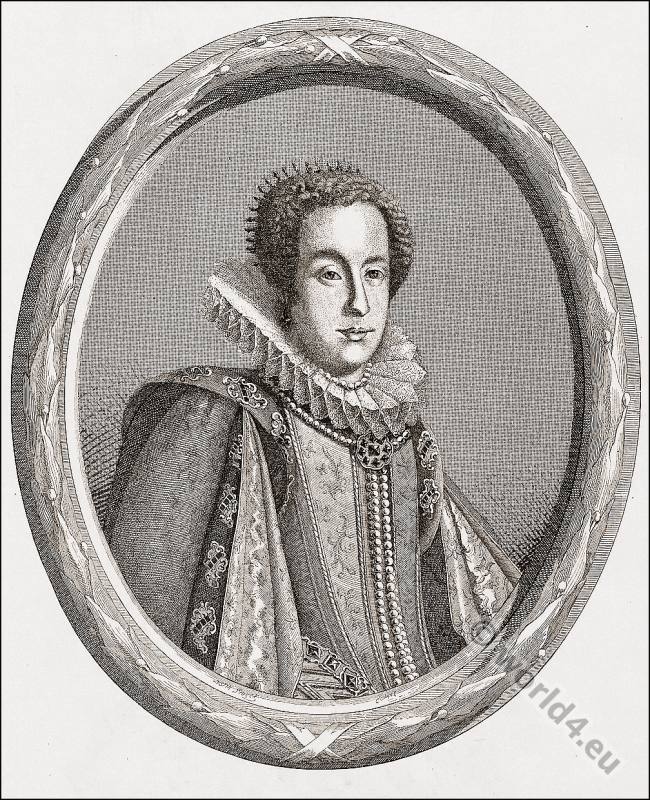
Portrait of Claudia of Etruria (de’ Medici) * 1604 -1648.
Claudia of Etruria was the daughter of Ferdinand I., Grand Duke of the same name. She became the wife of Leopold, Archduke of Austria.
The costume is extremely remarkable, and the goffered ruff, from the middle of which the head of the Archduchess seems to rise, is a marvellous pièce of needle- work. 17th century baroque period, spanish fashion.
*Claudia de’ Medici daughter of Ferdinando I de’ Medici, Grand Duke of Tuscany and Christina of Lorraine.
Claudia de’ Medici: The Reforming Princess (1604-1648)
Origins and Family Background
Claudia de’ Medici was born in 1604, entering a world steeped in power and ambition, typical of one of Europe’s most illustrious and influential families, the Medici. The family, which gathered its strength in Florence, was already well established as a bridge between political power, culture and art. His father, Cosimo II de’ Medici, Grand Duke of Tuscany, and his mother, Maria Magdalena of Austria, came from two of the most respected dynasties on the continent, creating a crucial link between Italy and the lands north of the Alps.
In the historical context of the 17th century, Florence presented itself as a hub of artistic and cultural innovation, but also as an area of intense political rivalry. The Medici family, in this scenario, not only held the title of grand dukes, but was essentially the symbol of an intellectual and commercial flourishing. Their influence extended throughout Europe, with strategic alliances touching many of the royal houses. Claudia, growing up in an environment permeated by these connections, was educated in the values of government and diplomacy, acquiring a background that would prove fundamental in her future life.
The relationships maintained by the family were essential not only for their political security, but also for their social status. Claudia, as an integrated part of this network of alliances, would begin to understand the importance of her position and the power inherent in her origins. Different cultural and political influences, as well as personal and family ambitions, would have contributed significantly to defining her path as a reforming princess.
Claudia’s Life: Marriage and Social Role
Claudia de‘ Medici, daughter of Francesco I de’ Medici and Christine of Lorraine, was united in marriage to Maximilian I of Bavaria in 1623. This important marriage bond not only consolidated political alliances between Tuscany and Bavaria, but also represented a pivotal moment in Claudia’s life, marking the beginning of a new chapter as duchess. This position gave her new responsibilities and opportunities to influence social and cultural life within the Bavarian court.
As duchess, Claudia was faced with a number of expectations associated with her new status. She had to manage the role of queen consort, devoting herself not only to court duties, but also to supporting her husband’s policies and integrating his strategic vision into cultural projects. Her presence at the Bavarian court did not go unnoticed, as she brought with her the inheritance of her family of origin, helping to raise the prestige of Maximilian I’s dynasty. Claudia used her diplomatic skills to promote cultural and artistic events, fostering local artists and intellectuals and contributing to a flourishing cultural environment.
In addition, Claudia de’ Medici distinguished herself for her commitment to social initiatives, initiating projects in support of the poorer classes, an issue that was particularly close to her heart. Her sensitivity to social issues clearly emerged through her philanthropic activities, aiming to improve living conditions in her community. For these reasons, Claudia was not only a symbolic figure; her work remains an example of how a dynastic union can generate significant and lasting changes in the social and cultural context of an era.
Political Influence and Sustained Reforms
During her reign in Bavaria, Claudia de’ Medici distinguished herself through her incisive political influence and the implementation of significant reforms. Her actions were characterised by a strong commitment in the field of justice, where she sought to promote a fairer and more accessible system for the population. In doing so, she worked to ensure that laws were applied more consistently, personally selecting judges and removing any discriminatory practices.
In addition, the princess was active in promoting educational initiatives, recognising the importance of education in shaping a prosperous society. She supported the establishment of schools and academies not only for boys, but also for girls, emphasising her commitment to the emancipation of women. Understanding that a well-educated society is crucial for progress, Claudia worked to ensure that women had access to quality education, thus reversing the trend of the time that relegated women to marginal roles.
Claudia’s ability to operate in a predominantly male-dominated political environment resulted in strategic alliances with influential players at court. These relationships facilitated the implementation of the desired reforms and enabled her to withstand the pressures arising from her role. Through careful diplomatic and political management, she was able to obtain the necessary support for her initiatives, thus creating a favourable environment for the realisation of her ambitious projects. Her political legacy continues to be studied and admired for her courage and determination to promote meaningful change in Bavaria.
Legacy and Final Reflections
The figure of Claudia de’ Medici is an emblematic example of how women played decisive roles in history, even when their influence was often marginalised. After her death in 1648, Claudia’s legacy continued to permeate subsequent generations, influencing not only the political context of her time, but also the way women were perceived in society. The bold choices she made, such as promoting cultural initiatives and protecting the arts, sowed the seeds for progressive change that would inspire future female leaders.
Today, Claudia is recognised not only as a historical figure, but as a symbol of resilience and innovation. Her life and work are the subject of new research highlighting the importance of women in history, an increasingly relevant topic in contemporary academia. Current research is reappraising the contribution of Claudia and other women historians, contributing to a growing recognition of their impact in shaping institutions and cultures over the centuries.
In today’s context, the struggles for women’s rights resonate strongly with Claudia de’ Medici’s legacy. Her life shows how determination and vision can challenge established norms and promote change. Role models like Claudia serve not only as an inspiration, but also as a reminder of the importance of women’s representation in the various spheres of society. This is why her memory is essential: not only to understand history, but also to encourage future generations to pursue equity and gender justice.

Discover more from World4 Costume Culture History
Subscribe to get the latest posts sent to your email.

